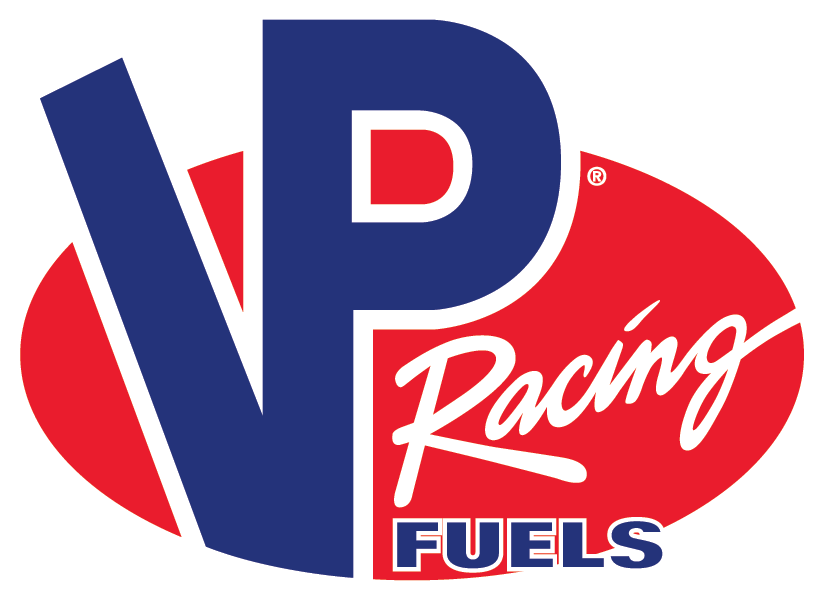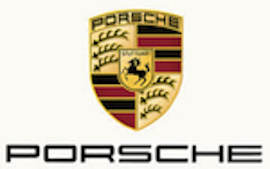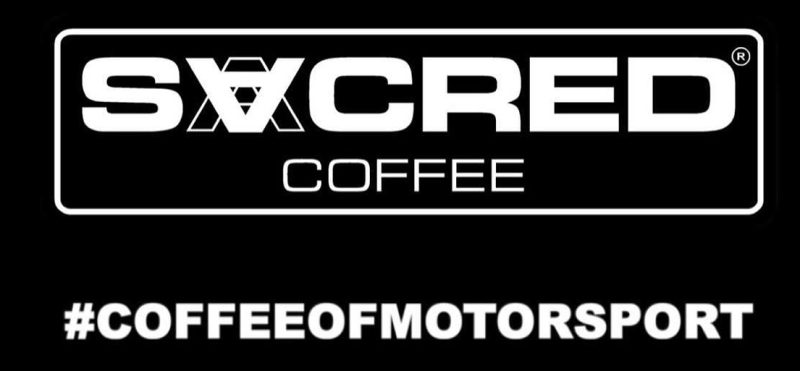“The Paris-based governing body of motorsport was displeased with the results of their efforts to slow grand prix racing with the 750 Kg. Formula of 1934. The German constructors had used the language of the new rules like a weapon. At Spa top speeds of 200 mph were not uncommon. Across Europe records fell every time the German cars appeared. So the AIACR wrote new rules for 1938 aimed at real speed reductions by limiting engine displacement: 4500 cc for unblown engines and a mere three-liters for supercharged race cars.
Bugatti, Delahaye and Talbot all thought they saw a path for a profitable return to grand prix racing based on past experience and rejoined the GP wars as best they could. Bugatti placed a lone Le Mans entry but the car was not prepared in time. Delahaye appeared with thinly disguised 4.5 liter unblown GP cars in sports configuration backed up by a half dozen 3.5 liter six cylinder Type 135s. Talbot likewise went the 4.5 liter unblown GP route, albeit tentatively, with five of their six entries older four-liter cars.
Raymond Sommer, winner of the 1932 & ’33 24 Hours, shared a stunning “aerodynamic” supercharged Alfa-Romeo 2.9 liter coupe (entered by Alfa’s new competition department Alfa Corse) with Mille Miglia ace Clemente Biondetti. They were the nearly unanimous favorites. At the other end of the rank were other, more modest Italians, a pair of FIAT “Cinqs”, tiny 568 cc production-based racers with aerodynamic bodywork. Le Mans specials all.
At 4:00 p.m. French cars, Divo’s 4.5 Delahaye and the Talbot of Carriere, were first under the Champion bridge. But Sommer got the Alfa Corse’s coupe into third by the time the leaders startled the diners at the Hippodrome café and very soon began to annoy the blue cars. He was second on the second lap and took the lead on the third. Pride, ego, nationalism (or a vintage blend of all three) motivated Rene Dreyfus to make a run on Sommer on the sixth lap as they howled down Hunaudiers to Mulsanne at over 150 mph. This succeeded only when Dreyfus found required room by putting two wheels off the course! Sommer returned the gesture a lap later, keeping it all on the road, and regained the lead. Etancelin took his turn with Sommer four laps later and led the tenth lap only to have the red Italian coupe steam by on the next lap.
This was a bit much for the number-one Delahaye of those great friends Dreyfus and Chiron. The Ecurie Blue grand prix-derivative went to the dead car park after 21 laps with no oil pressure, the V-12 (Le Mans first V-12) making the sort of noise that makes looking at the instruments unnecessary.
Etancelin and Sommer were oblivious to the extraordinary early pace and were clearly enjoying themselves with “Phi Phi” just a second or so behind Sommer in the Parisian Talbot. It was strange mirror of the new grand prix formula with a blown three-liter car leading a new 4.5 normally-aspirated pushrod six in a ferocious second place.
Despite the fraught pace and vivid memories of the horror at White House a year earlier, the 15th 24 Hours was relatively incident free; one of the Delahayes had burned to it axles and the mighty Etancelin/Chinetti Talbot ate a valve after 100 laps. At midnight Sommer and Biondetti had only managed to insert a single lap of insulation between their works Alfa and the number-four Carriere/Le Begue Talbot four-liter. By the halfway hour 32 year-old Le Mans rookie Pierre Levegh’s Talbot was a solid second overall, five laps down to the dominant Alfa which was lapping regularly at 93 mph. That lasted until lap 159 when the Talbot went behind the counter.
By dawn the Alfa coupe led by seven laps over the steady #15 Talbot of Eugene Chaboud and Jean Tremoulet which was passed by the number-eight Matheson/Clifford British-entered Talbot much later in the morning. But a huge fire consumed the second-place Talbot and reinserted Jean Tremoulet’s #15 Talbot just before noon. By then there were just 17 cars still running. The Alfa still led and his cushion was now a dozen laps. Everything looked processional and predictable.
Just before 1:00 p.m. Sunday Sommer felt a mild and momentary vibration as he eased the Alfa to top speed on Hunaudiers. It lasted just a moment. Then the bulk of the right front tire’s tread peeled away from the carcass and Sommer fought some of Newton’s more insistent laws while the tread slashed at the wing and body.
It was a heroic and successful battle. Sommer got the leading #19 Alfa to the pits where the tire was changed and Biondetti took his turn. But the tread had done more than mere cosmetic damage. The Italian got just one complete lap in before, on his 220th circuit, he coasted to a stop at Arnage. An oil leak summon by tire damage obliged him to get out and try to push the two-and-a-half miles to the pits. He didn’t make it. Biondetti was nearly 40 years old, the Alfa weighed nearly a ton dry, let alone full of coolant and fuel and tools and spares. The run from Arnage to the pits is barely noticeable at over 120 mph, but it’s a long and steep push for a man with gray hair. With just one hour remaining he surrendered, reluctantly, to fatigue and reality.
Without fanfare Eugene Chaboud and Jean Tremoulet moved their 3.5 liter dark horse Delahaye into the lead with their sister ship just two laps behind in perfect defensive position. It was a small miracle: the 135’s gearbox stuck in one gear during the night. Happily it was top gear and the straight-six first cousin of Delahaye’s truck engine lugged around for 16 hours. It stayed that way until 4:00 o’clock. The one-speed Delahaye, despite its truck engineering origins, was Le Mans’ first overall winner with independent front suspension.
French cars of three marques took the top five places with Charles de Cortanze and Marcel Contet’s 2-liter class winning Peugeot Darl’Mat a superb fifth. It was the small beginning of a Le Mans dynasty of a sort. Twenty-six years later Charles’ son Andre de Cortanze would enter his first Le Mans in a Porsche 904. Only after the urge to race was banished would he turn his intellect to the drawing table.
The German Adler twins were right behind the Darl’Mat in sixth and seventh with class wins in the 1500 cc class and the 13th Biennial (Rudge-Whitworth) Cup. The first British car home was a French run Singer which won the 1100 cc class with a fine and regular eighth overall.
No records were set. Even Jean-Pierre Wimille’s 1937 lap record remained on the books along with his distance record.
Two weeks later the grand prix season – the first under the new formula — officially opened in the champagne country between Reims and Soissons. The aristocratic nephew of Whermacht General Walther von Brauchitsch led a merciless three car Mercedes-Benz sweep. The first and only French car to finish was Rene Carriere’s Talbot and he was ten laps – 49 miles – behind the Mercedes trio.
The new grand prix formula was not working as Paris had been hoped. The three-liter German cars were, in their first race, only fractionally slower than the six-liter, 600 hp monsters that had so alarmed the rules makers. After a fifth at Pau (his sole take for the ’38 GP season) Jean Bugatti took action, parked both his blown 3-liter and normally aspirated 4.5 liter GP cars and began to organize a Le Mans program for 1939 and, perhaps, beyond. “














